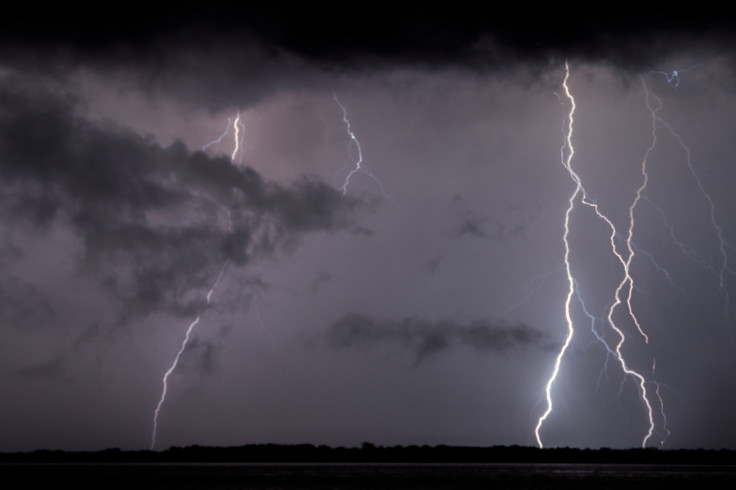Lake Maracaibo in Venezuela is lightning capital of the world

Earth has a new lightning capital, scientists have announced. Satellite data has shown that Lake Maracaibo in Venezuela receives more lightning flashes than anywhere else in the world.
Previously, the Congo Basin in Africa was identified as the lightning capital of the world, with a peak of 160 flashes per square kilometre each year. Researchers from the University of São Paulo and Nasa's Marshall Space Flight Center wanted to create an updated lightning map. Their findings will help weather forecasters understand lightning's relationship to weather.
The researchers used data from Nasa's Lightning Imaging Sensor (LIS), a lightning sensor on a satellite in space. The LIS captures the time of a lightning flash, the location and its energy, even in daylight. They ranked lightning hotspots across the world by the amount of lightning flashes, using data spreading 16 years.
The results, published in the Bulletin of the American Meteorological Society, showed Lake Maracaibo in Venezuela has the most lightning flashes on Earth. On average, it had 233 lightning flashes per square kilometre per year.
"Lake Maracaibo has a unique geography and climatology that is ideal for the development of thunderstorms," said Dennis Buechler, researcher working on the study. Storms regularly form over the lake at night, as mountain breezes converge over the warm, moist air above the water. The conditions contribute to deep convection currents of air, which results in an average of 297 night-time thunderstorms each year.
The number two hotspot is near the city of Kabare in the Democratic Republic of Congo. The north west ridges of the Himalayas in Pakistan was the highest-ranked lightning hotspot in Asia. The Everglades in Florida was the top area in the US.
Africa has six of the world's top 10 lightning hotspots; the most of all continents. Most of these were close to Lake Victoria and other lakes along the East African Rift Valley. These lakes have a similar geography to Lake Maracaibo, explaining why they receive so many lightning flashes.
Richard Blakeslee, a researcher working on the study, said: "We can now observe lightning flash rate density in very fine detail on a global scale. Better understanding of lightning activity around the world enables policy makers, government agencies and other stakeholders to make more informed decisions related to weather and climate."
© Copyright IBTimes 2025. All rights reserved.






















